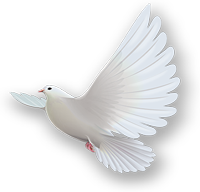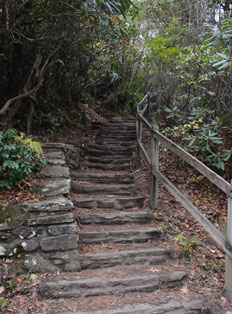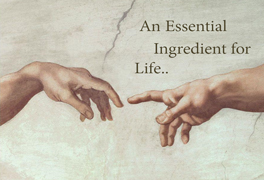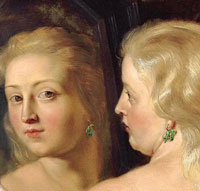
Nothing will end war unless the people themselves refuse to go to war. - Albert Einstein
Be the change that you want to see in the world. - Mohandas Gandhi
Wars are poor chisels for carving out peaceful tomorrows. - Martin Luther King, Jr.

Beginner's Guide to Peace - Finding Solid Footing
“It's a dangerous business, Frodo, going out your door. You step onto the road, and if you don't keep your feet, there's no knowing where you might be swept off to.” ― J.R.R. Tolkien, The Lord of the Rings
First Steps - The Logic of the NAP

To build a logical foundation for the
First we need to determine what we know for certain. One thing that seems irrefutable, at least to me, is that I exist. To borrow from the mathematician Rene Descartes,

What next seems obvious is that we are each responsible for the movements of our own bodies. I can think of a basic action to perform and my body will do it, within reason. No one else seems capable of controlling my body the way I can. I therefore must be the owner, or possessor, of my body. This is the concept of
On the Move - Human Action
The next thing we discover is that,

- To survive, we must be free to move, to procure our food and drink.
- To be moral, we must be free to reason and to choose. We cannot allow ourselves to be ruled by base impulses less we become slaves to our bodies.
- To thrive, we must be free to reach into the unknown, to feed our mind’s curiosity, to question and discover what lies beyond.
Pausing for Reflection

We as human beings are one of the few animals that can recognize ourselves in the mirror. More importantly, we have an innate ability to recognize our fellow human beings and
One thing we quickly notice is that
As sole owners of our bodies,
Negotiating the Outside World

In asserting ownership of our individual efforts there are some complications. Our productive endeavors require interaction with the outside world, both for a supply of raw materials and as a storehouse for our output. In extending beyond the natural boundaries of our bodies we inevitably find ourselves at risk of conflict with each other. With regard to the spaces that previously separated us,
Harmony and Balance
To deal fairly and peacefully with each other it thus becomes crucial to establish rules to provide fair and reasonable access to source materials as well as to support each other’s claim to our own productive output. The aggregation of these rules is the concept known as
----------------------------------------------------
Essentials
- The Non-Aggression Principle is based on the concept of Self-Ownership. We are ultimately free to act as we wish but are also responsible for our actions.
- In our interactions with others, there arises a need to provide orderly access to resources as well as protect the products of each person’s labor. One solution is the institution of Property Rights.
__________________________________
Picture Credits
^ Tennessee trail: Photo and artwork by Andrew Lesko.
^ The Thinker: Photo by Jean-David & Anne-Laure of a sculpture designed by Rodin in 1880. Used under Creative Commons Attribution-Share Alike 2.0 Generic license.
^ Touch: Detail from the fresco The Creation of Adam by Michelangelo (1508-1512). Public domain image downloaded from Wikimedia Commons.
^ Reflection: Detail fom the painting The Toilet of Venus by Peter Paul Rubens (1612-1615). Public domain image downloaded from Wikimedia Commons.
^ Venetian Trade: The Entrance to the Grand Canal, Venice. Painting by Canaletto (1730). Public domain image downloaded from Wikimedia Commons.